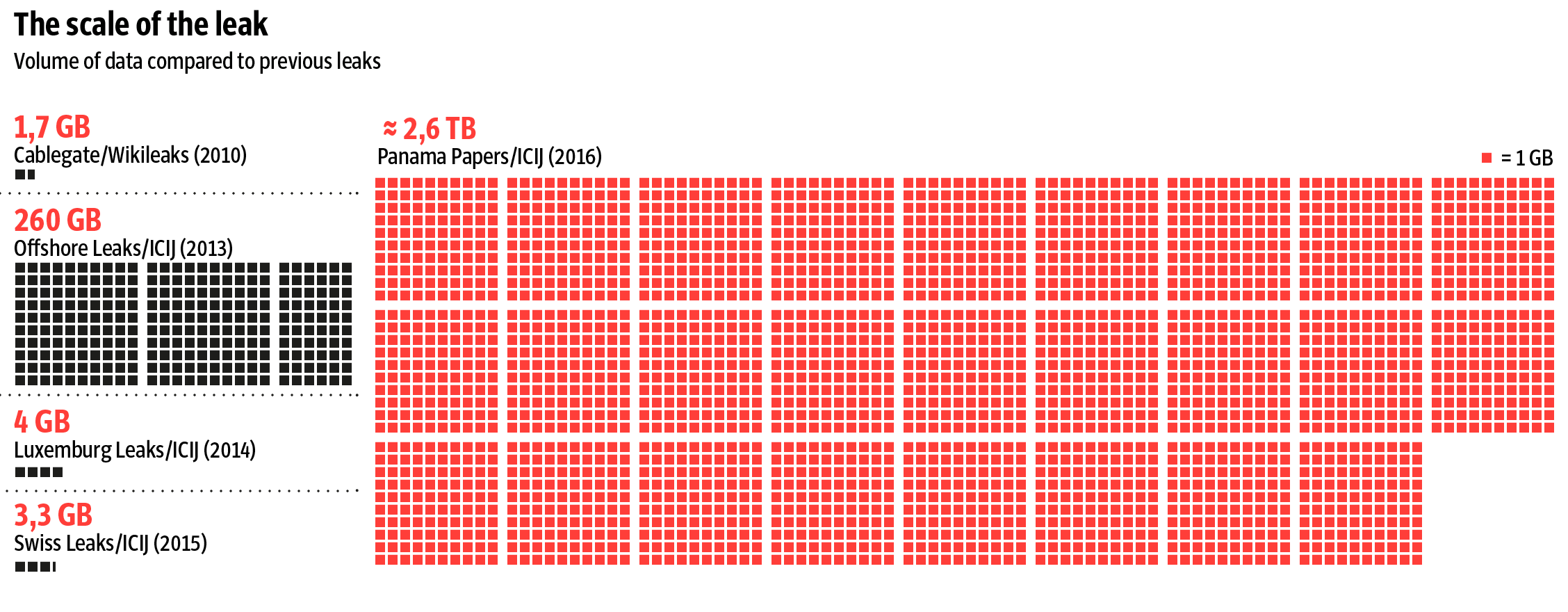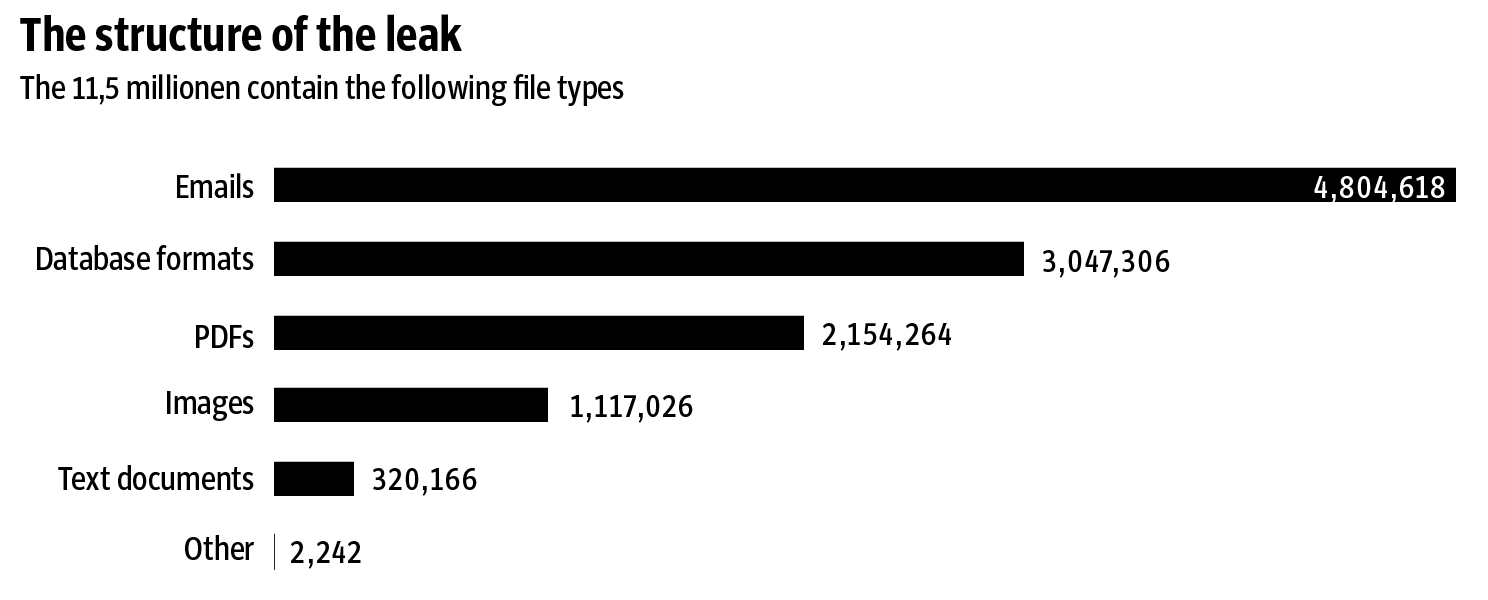add "panama papers" to this thread title:"Biggest leak in the history of data journalism just went live, and it's about corruption." -Edward Snowden
http://panamapapers.sueddeutsche.de/articles/56febff0a1bb8d3c3495adf4/
The guardian claims 2B linked to Putin
Revealed: the $2bn offshore trail that leads to Vladimir Putin

You are using an out of date browser. It may not display this or other websites correctly.
You should upgrade or use an alternative browser.
You should upgrade or use an alternative browser.
The Panama Papers - massive data leak revealing widespread corruption
- Thread starter blotter
- Start date
More options
Who Replied?Red Shield
Global Domination
Iceland's PM is fukked. Absolutely and royally, fukked.
Iceland’s prime minister walks out of interview over tax haven question – video
yea this dude is fukked

like damn son you couldn't even think to come up with a good lie

Not yet. People are calling for his resignation though.Iceland's Prime Minister resigned since the leak broke
However, major names are following this : Nat Rothschild (@NatRothschild1) on Twitter
Red Shield
Global Domination
God.
Damn.
The data
The Panama Papers include approximately 11.5 million documents – more than the combined total of the Wikileaks Cablegate, Offshore Leaks, Lux Leaks, and Swiss Leaks. The data primarily comprises e-mails, pdf files, photo files, and excerpts of an internal Mossack Fonseca database. It covers a period spanning from the 1970s to the spring of 2016.

Moreover, the journalists crosschecked a large number of documents, including passport copies. About two years ago, a whistleblower had already sold internal Mossack Fonseca data to the German authorities, but the dataset was much older and smaller in scope: while it addressed a few hundred offshore companies, the Panama Papers provide data on some 214,000 companies. In the wake of the data purchase, last year investigators searched the homes and offices of about 100 people. The Commerzbank was also raided. As a consequence of their business dealings with Mossack Fonseca, Commerzbank, HSH Nordbank, and Hypovereinsbank agreed to pay fines of around 20 million euros, respectively. Since then, other countries have also acquired data from the initial smaller leak, among them the United States, the UK, and Iceland.
The system
The leaked data is structured as follows: Mossack Fonseca created a folder for each shell firm. Each folder contains e-mails, contracts, transcripts, and scanned documents. In some instances, there are several thousand pages of documentation. First, the data had to be systematically indexed to make searching through this sea of information possible. To this end, the Süddeutsche Zeitung used Nuix, the same program that international investigators work with. Süddeutsche Zeitung and ICIJuploaded millions of documents onto high-performance computers. They applied optical character recognition (OCR) to transform data into machine-readable and easy to search files. The process turned images – such as scanned IDs and signed contracts – into searchable text. This was an important step: it enabled journalists to comb through as large a portion of the leak as possible using a simple search mask similar to Google.
The journalists compiled lists of important politicians, international criminals, and well-known professional athletes, among others. The digital processing made it possible to then search the leak for the names on these lists. The "party donations scandal" list contained 130 names, and the UN sanctions list more than 600. In just a few minutes, the powerful search algorithm compared the lists with the 11.5 million documents.

Damn.
The data
The Panama Papers include approximately 11.5 million documents – more than the combined total of the Wikileaks Cablegate, Offshore Leaks, Lux Leaks, and Swiss Leaks. The data primarily comprises e-mails, pdf files, photo files, and excerpts of an internal Mossack Fonseca database. It covers a period spanning from the 1970s to the spring of 2016.

Moreover, the journalists crosschecked a large number of documents, including passport copies. About two years ago, a whistleblower had already sold internal Mossack Fonseca data to the German authorities, but the dataset was much older and smaller in scope: while it addressed a few hundred offshore companies, the Panama Papers provide data on some 214,000 companies. In the wake of the data purchase, last year investigators searched the homes and offices of about 100 people. The Commerzbank was also raided. As a consequence of their business dealings with Mossack Fonseca, Commerzbank, HSH Nordbank, and Hypovereinsbank agreed to pay fines of around 20 million euros, respectively. Since then, other countries have also acquired data from the initial smaller leak, among them the United States, the UK, and Iceland.
The system
The leaked data is structured as follows: Mossack Fonseca created a folder for each shell firm. Each folder contains e-mails, contracts, transcripts, and scanned documents. In some instances, there are several thousand pages of documentation. First, the data had to be systematically indexed to make searching through this sea of information possible. To this end, the Süddeutsche Zeitung used Nuix, the same program that international investigators work with. Süddeutsche Zeitung and ICIJuploaded millions of documents onto high-performance computers. They applied optical character recognition (OCR) to transform data into machine-readable and easy to search files. The process turned images – such as scanned IDs and signed contracts – into searchable text. This was an important step: it enabled journalists to comb through as large a portion of the leak as possible using a simple search mask similar to Google.
The journalists compiled lists of important politicians, international criminals, and well-known professional athletes, among others. The digital processing made it possible to then search the leak for the names on these lists. The "party donations scandal" list contained 130 names, and the UN sanctions list more than 600. In just a few minutes, the powerful search algorithm compared the lists with the 11.5 million documents.

One QUARTER of Iceland's politicians had offshore accounts INCLUDING the PM 

Almost dapped you cuz I misreadSomething to save us from baseball season


Red Shield
Global Domination
People.
Will.
Die.
If this wasn't an intelagencies doing... then whoever leaked this shyt better be on the run



